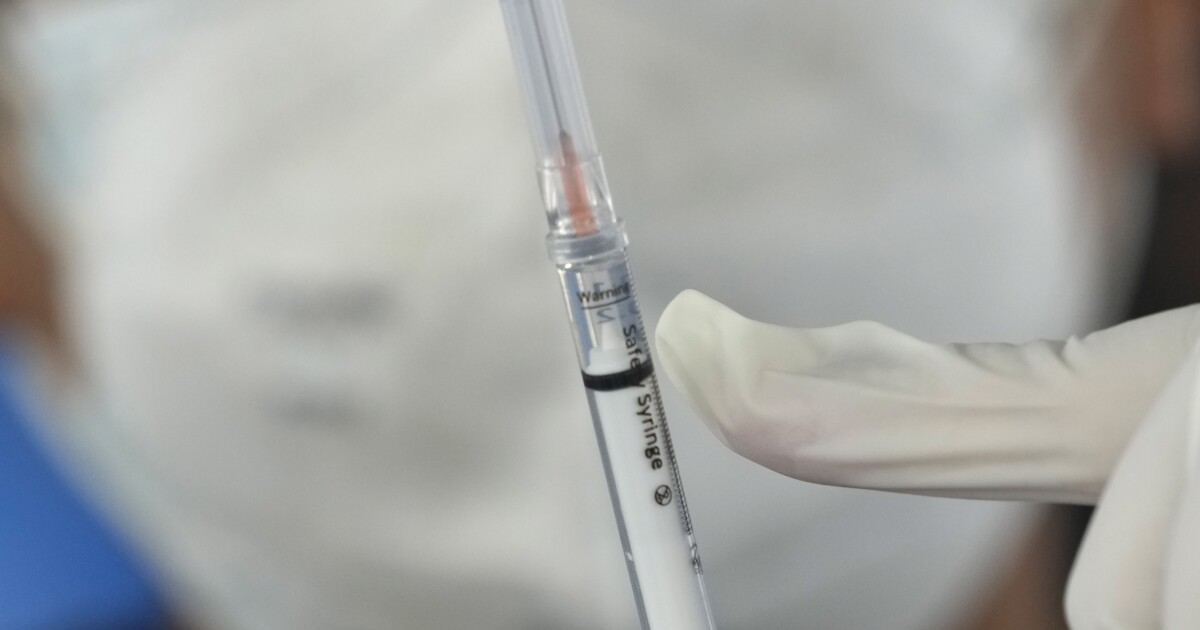The Pan American Health Organization announced on Wednesday that it is working on the technology transfer of messenger RNA vaccines against the coronavirus to Latin America so that several countries can partner and together manufacture doses that protect millions of people in the region, thus reducing the dependence on supplies from abroad.
So far some 30 companies and public and private institutions throughout the region have expressed interest in participating in the initiative.
“We are in the process of identifying the most promising proposals, establishing a cooperation process that can take advantage of existing capacities in different countries and ensure that production benefits all Latin American and Caribbean countries,” said the PAHO Director. , Carissa Etienne.
The official revealed the initiative in a virtual press conference of the organization held from its headquarters in Washington, at a time when the region continues to be the epicenter of the coronavirus pandemic with more than 1.5 million cases and 20,000 deaths reported in the last week.
Although three countries in the Americas – the United States, Mexico and Brazil – report the highest number of cases, the virus continues to be present throughout the region.
Messenger RNA technology, also known as mRNA in English, is used in the manufacture of the Pfizer and Moderna vaccines. It is a new type of vaccine with a revolutionary technology since it does not contain any virus and cannot cause an accidental infection. Instead, it uses part of the genetic code to teach the immune system to recognize the proteins present on the surface of the virus and prepares it to attack it in the event of contagion.
PAHO did not provide details on which companies or institutions have already submitted proposals to participate in the technology transfer process. It also did not say how long it would take to start producing the vaccines or how many doses they are expected to make.
But he did express that it will be a long-term process that not only aims to manufacture vaccines for the current pandemic but also to better prepare for possible similar scenarios that may arise in the future.
Although seven of the 20 countries with the highest COVID-19 mortality rates in the world are in Latin America, only 23% of the region’s population has completed their vaccination. In some countries even the percentage of vaccinated is much lower as in Guatemala, with 3%.
Since the beginning of the pandemic, PAHO has worked with countries to help them obtain vaccines, but one of the biggest obstacles has been the lack of availability.
Most of the developed countries have bought the majority of the doses, hampering access for low- and middle-income nations. A handful of companies make vaccines for everyone.
Some governments have also signed bilateral agreements with pharmaceutical companies, but even so they have had delays in receiving vaccines.
According to Etienne, the limited production and unequal distribution of vaccines has put the public health of Latin America “at very great risk” and in a “particularly vulnerable” situation.
The region imports pharmaceutical products at a rate 10 times higher than what it produces, he said.
“We depend almost exclusively on other places to make the raw materials for pharmaceuticals, medicines and health technologies that our populations need to be healthy,” Etienne said.
He explained that the initiative has the advantage that there is already an experience and infrastructure in the region to manufacture vaccines and cited as an example countries such as Brazil and Cuba that manufacture vaccines prequalified by the World Health Organization against yellow fever and meningitis. B.
–


